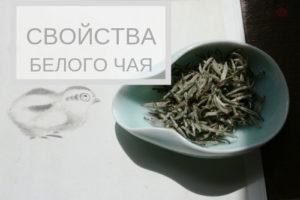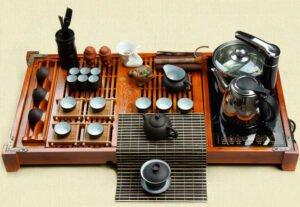The botanical name of the tea plant is Camellia sinensis.
There are different types of it:
- Camellia chinensis;
- Camellia assamese;
- other varieties.
For tea production, only two species of Camellia are used: Chinese and Assamese. The others are used to breed new varieties of the tea plant.
The birthplace of tea is Yunnan Province, and it was there that the ancient tea tree was discovered.
At first, the tea plant grew only in China and being rather fastidious, it was difficult to cultivate in other places. Over time, varieties adapted to other regions were developed and now there are tea plantations in more than 30 countries on different continents.
The tea plant can take the form of a tall upright tree or shrub. In the wild, it is usually a tree up to 30 meters tall, capable of reaching an age of centuries. Currently, the oldest tea tree is 1700 years old.
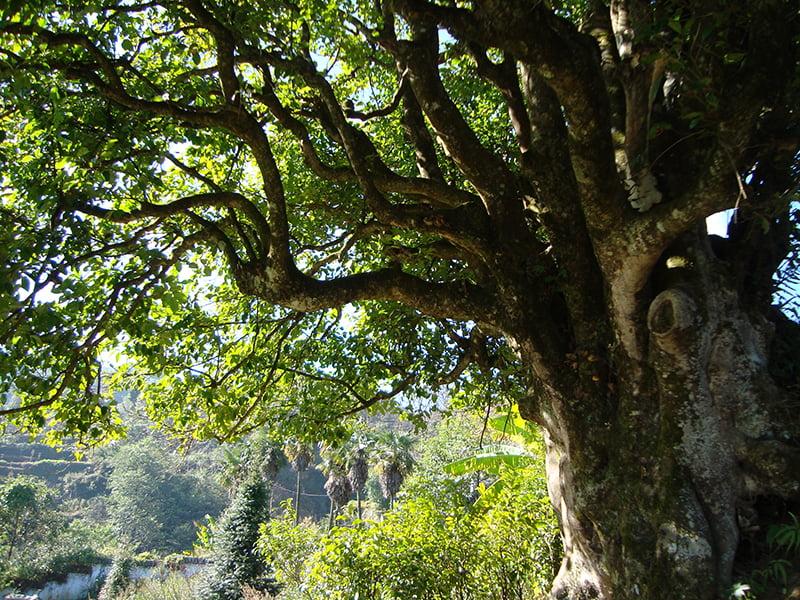
In cultivation, it is most common to find tea bushes up to 50 years old, after which time the plantations are renewed. Shrubs are often pruned to stimulate vegetation to produce more tea buds and upper leaves.
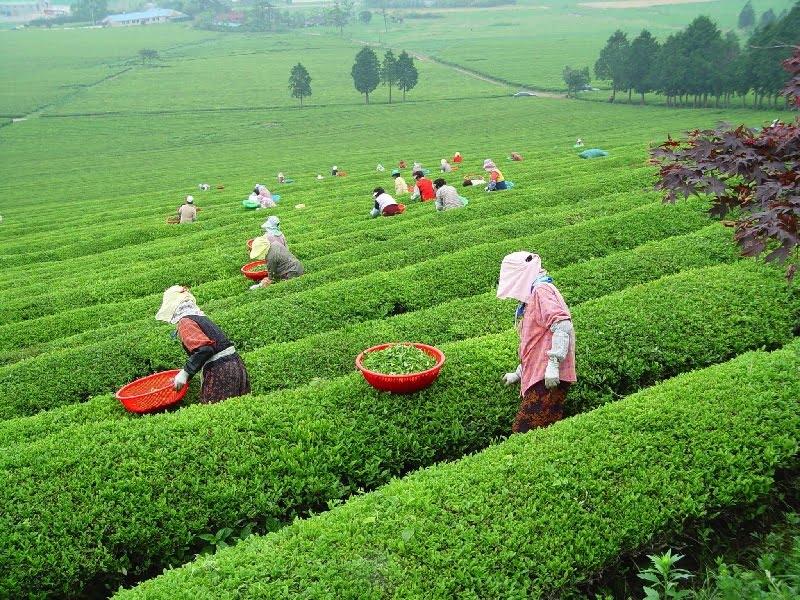
For tea production, the buds are used, which retain the maximum of useful substances, as well as the first, second and sometimes the third leaf. The rest of the leaves are not used to produce good tea.
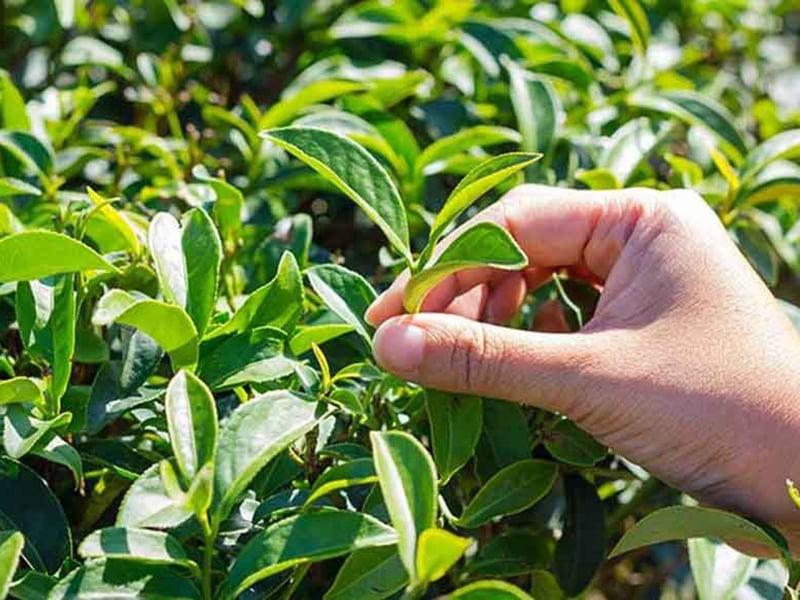
The flowers of the tea plant are usually white, delicate and beautiful, but there are very few aromatic and flavoring substances in them, so they are rarely used to make a tea drink. Sometimes you can still find pressed teas with added flowers.
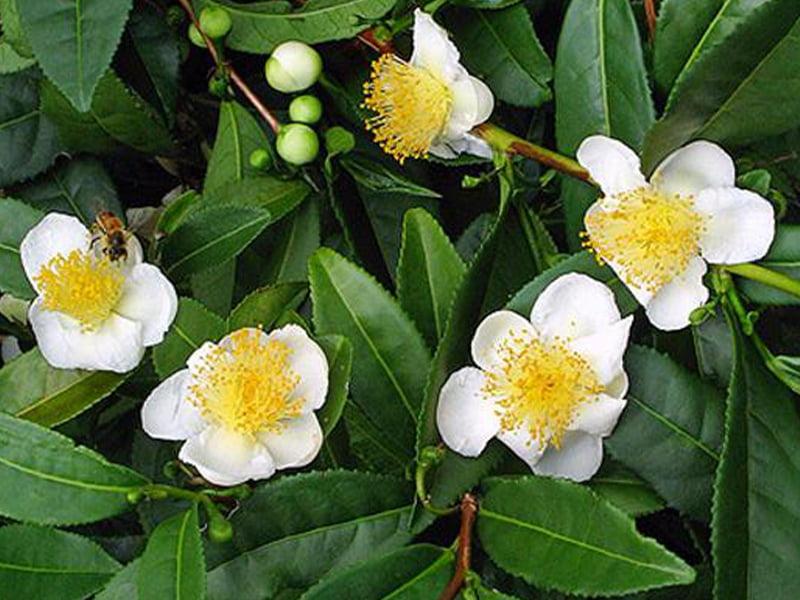
Camellia sinensis has a very developed root system. As the trunk grows, the root also grows, if the height of the plant is 1.5 – 2 meters, the root goes 3-5 meters deep. Thanks to this, the plant gets a lot of useful substances from the soil, from deep layers of the earth.
For the tea plant, the place where it grows is very important. Factors such as climate, soil, latitude, longitude, distance from the equator, and altitude determine the quality of the finished product. The flavor of the tea and the beneficial properties of the beverage largely depend on this.
Distance from the equator is one of the key determinants of tea properties.
The farther away from the equator a country is, the less often the raw tea is harvested there. This means that the plant has a dormant period when it accumulates useful substances that will be stored in the young shoots during the growing season. China has a very suitable geographical location for growing micronutrient-rich tea.
The closer a country is to the equator, the more often tea is harvested. In some African countries, tea is harvested more than twice a year, and of course, these plants contain fewer nutrients.
The tea plant is also affected by altitude.
The higher the plant grows, the more aromatic substances accumulate in the leaves and buds. Valley teas do not have such a rich arsenal of aromatic substances, so higher altitude teas tend to be valued more. But there are exceptions to this.
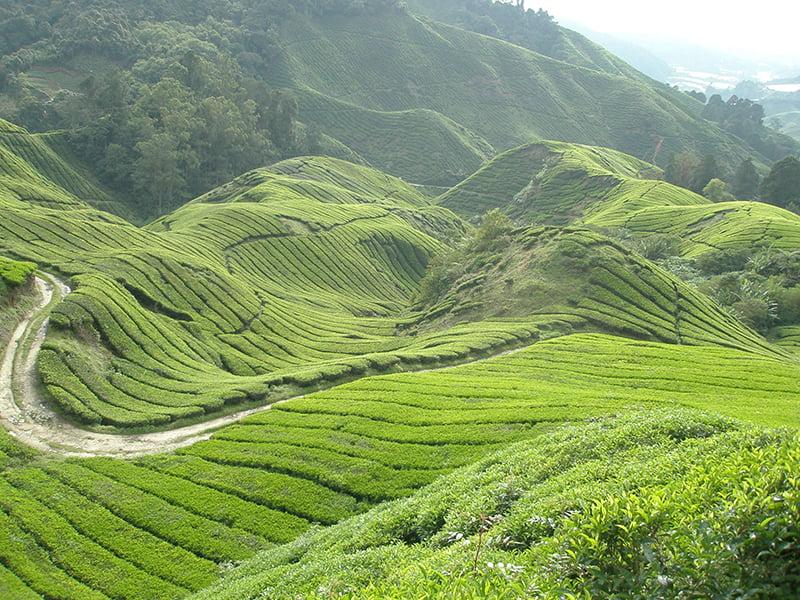
An experienced connoisseur can determine by the taste of tea infusion the region and growing conditions of Camellia from which the tea is made. But even without knowing about it, we can enjoy the taste of the beverage and its beneficial properties, embedded by nature in each tea leaf.
